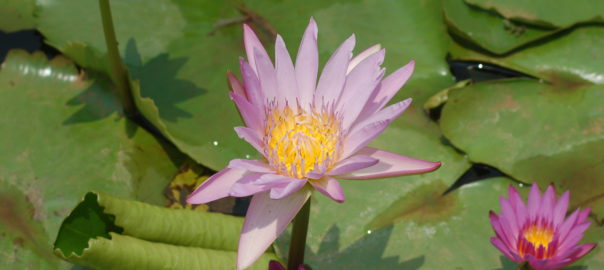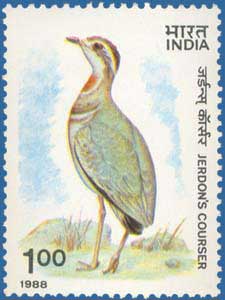Noted ornithologist Harsh Vardhan recently played a key role in helping army officers create a bird park in Jaipur, Rajasthan. He believes this is the first such effort by the army and was impressed by the pace at which the plan was executed. Here is an account in his own words,
What has the army to do with birds? Air Force fighter aero-planes often suffer from bird-hits and get grounded for long. Navy is always amidst pelagic birds which skim sea surface to pick up fish. But a few months back, a command was given by the army to create a nature park in Rajasthan, and within five months it has become a reality.
The Sapta Shakti Nature Park in Jaipur, Rajasthan was formally opened on 26 August 2019 by the South Western Command’s General Officer Commanding in Chief, Lt Gen Cherish Mathson, the man behind the conservation idea. He pointed out, “In August 2017, having assumed command here, I had observed a natural wetland near Dravyavati River. It was teeming with birds. I saw it as a sun-rise and sun-set point and decided to be developed as a bird park.”
Also Read: Great Indian Bustard Numbers Rising in Rajasthan
Spread over an acre, the Park is described as an ingenious attempt at creating a natural habitat for attracting diverse species of birds. Prior to this initiative, it used to be a huge sand dune with the upper level used as sun-rise and sun-set point. But Lt Gen Mathson saw an opportunity here to develop a habitat for birds. He promptly put up a team to in place.
The Dravyavati River, as it is known today was earlier the Amanish-ka-Nalla that had been harnessed by the Government of Rajasthan. A cement-bed construction had been created by the government and a sewage treatment plant also functioned nearby the military station.
Lt Gen Mathson asked Station Commander, Brig Anil Gautam to procure treated water, popularly known as ‘raw’ water, and flood the arid ground so that it would become a wetland.
Having studied the birds of the area all my life, Brig. Anil Gautam contacted me, and soon I sent a proposal over an email to help how the objective could be met. I was delighted to see the speed with which decisions were made and executed – something our forest department needs to learn from the armed forces.
A model strategy was devised to, (i) plant indigenous species of shrubs, bushes and trees and (ii) create tiny wetlands to offer aquatic habitat. It was an example in eco-system-based development. Having understood that birds would be attracted if they got enough food, which in this case was insects, appropriate vegetation and moist habitat was created here to help insects multiply and thereby lure birds.
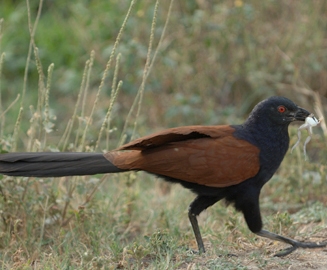
90 Field Regiment’s Col Siddiqui and Maj Pandey provided force to work on ground and procured logistic support from various quarters. To stop the seepage of the ‘raw’ water being poured to create the wetland, more than a thousand plants were gradually introduced which have shown a survival rate of 99.7%.
Another tiny wetland was created with fresh water. Aquatic vegetation was introduced and even fish were poured in to it to give more food choices for the variety of birds visiting the area.
Also Read: Tiger Cub Seen At Sariska Tiger Reserve
Despite scorching heat of 2019 summer, the army jawans supervised by Havildar and Subedar toiled night and day to create the nature-based bird habitat and thus a new equation of the army with nature was established.

Is it first Nature Park by army in the country? Looks like it is. A Visitor Centre has also been created here with photographs of all birds coming to this area along with photos of indigenous species of tree saplings planted here during the summer (March-August 2019). It serves as an interpretation unit.
A tiny booklet on this park has also been brought out to outline all about this military station’s commitment on nature conservation. It was released by Ms. Mareena Mathson, who heads the Army Wives’ Welfare Association (AWWA).
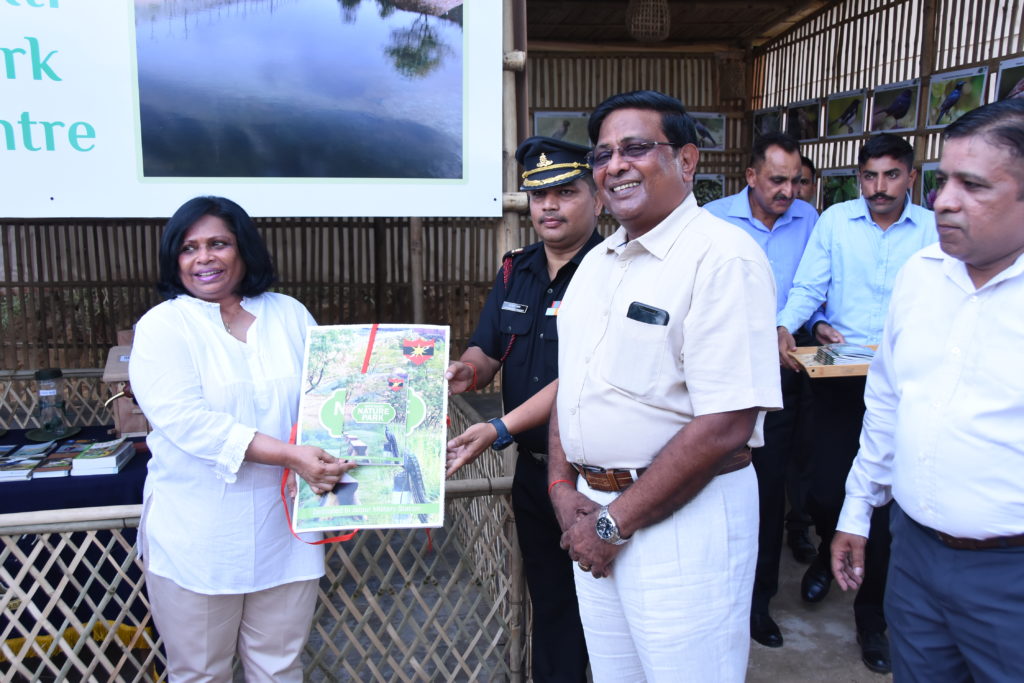
The booklet states, “Military Stations are generally isolated from the urban development around them. Inheritance and more importantly, intent have perhaps enabled the military peace establishments to follow the legacy of forest and wildlife conservation.” It was edited by Maj Tarkeshwar Pandey of 90 Field Regiment, that was tasked to carry out all works.
More than thirty species of birds are observed presently at this park and Brig Anil hopes more species will flock in soon.
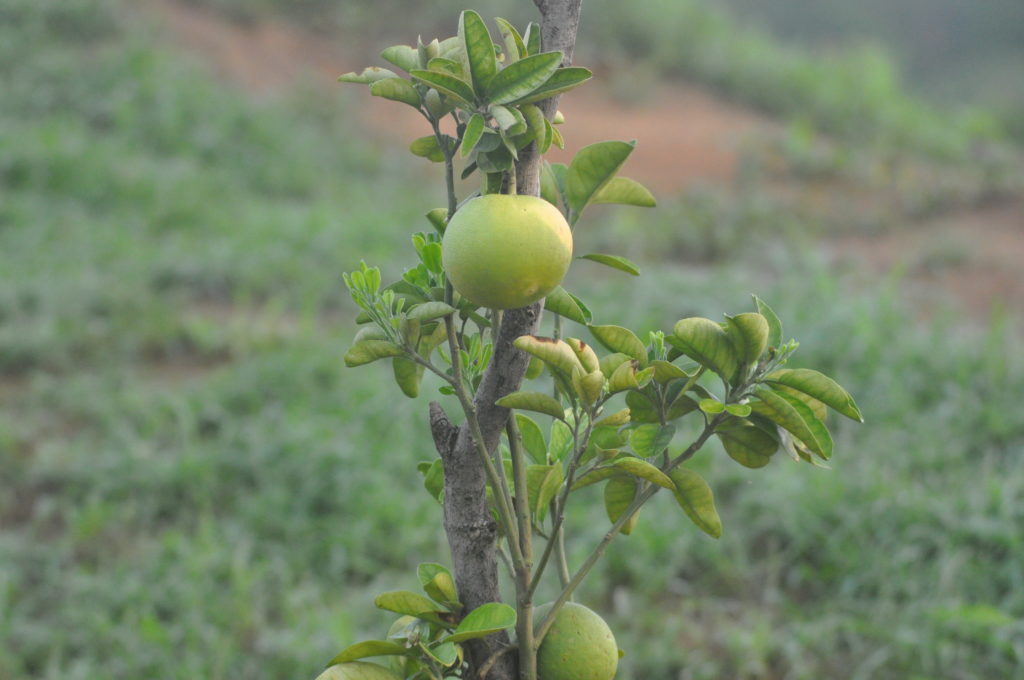
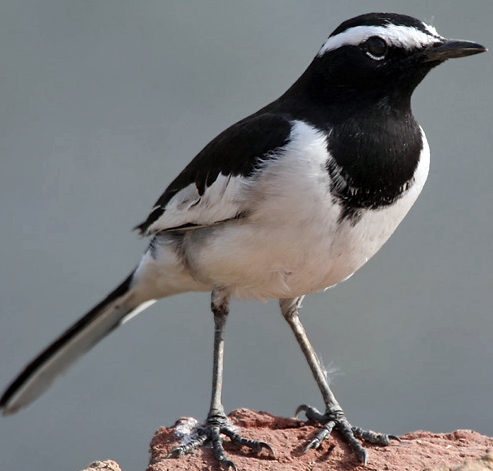
While Common Moorhen, and Spot-billed Duck have already made it their home, it is extremely likely that the winter migratory birds like Ruff, Common Sandpiper, Little Stint would visit too given the healthy food source available.
“What is this nest,” asked Commanding Officer, AAMK Siddiqui, one afternoon on a phone call. This writer answered – it is Baya, the weaver bird’s nest. The tall grass planted here had indeed inspired this resident bird to make its nest at a sheesham tree.
Lt Gen Cherish Mathson retired on 31 August 2019 to settle back home in Kerala. He has left behind a nature-product for generations to come to enjoy and get inspired.
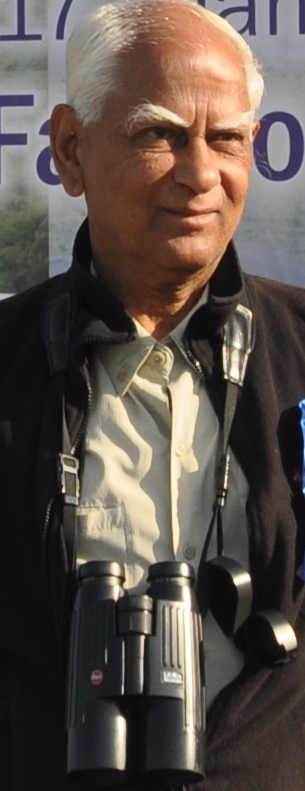
Harsh Vardhan is a leading wildlife expert in India and a noted ornithologist. He is the main organiser of Indian Birding Fair (Jaipur’s Mansagar Lake). He is also a writer, photographer and columnist. He keeps busy with on-field conservation of endangered species and threatened habitats. He is an honorary adviser with India’s Endangered. You can reach him at birdfair1@hotmail.com

